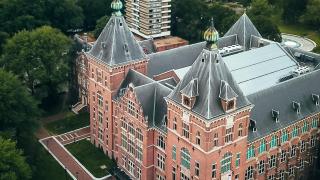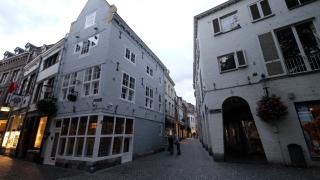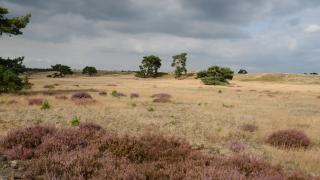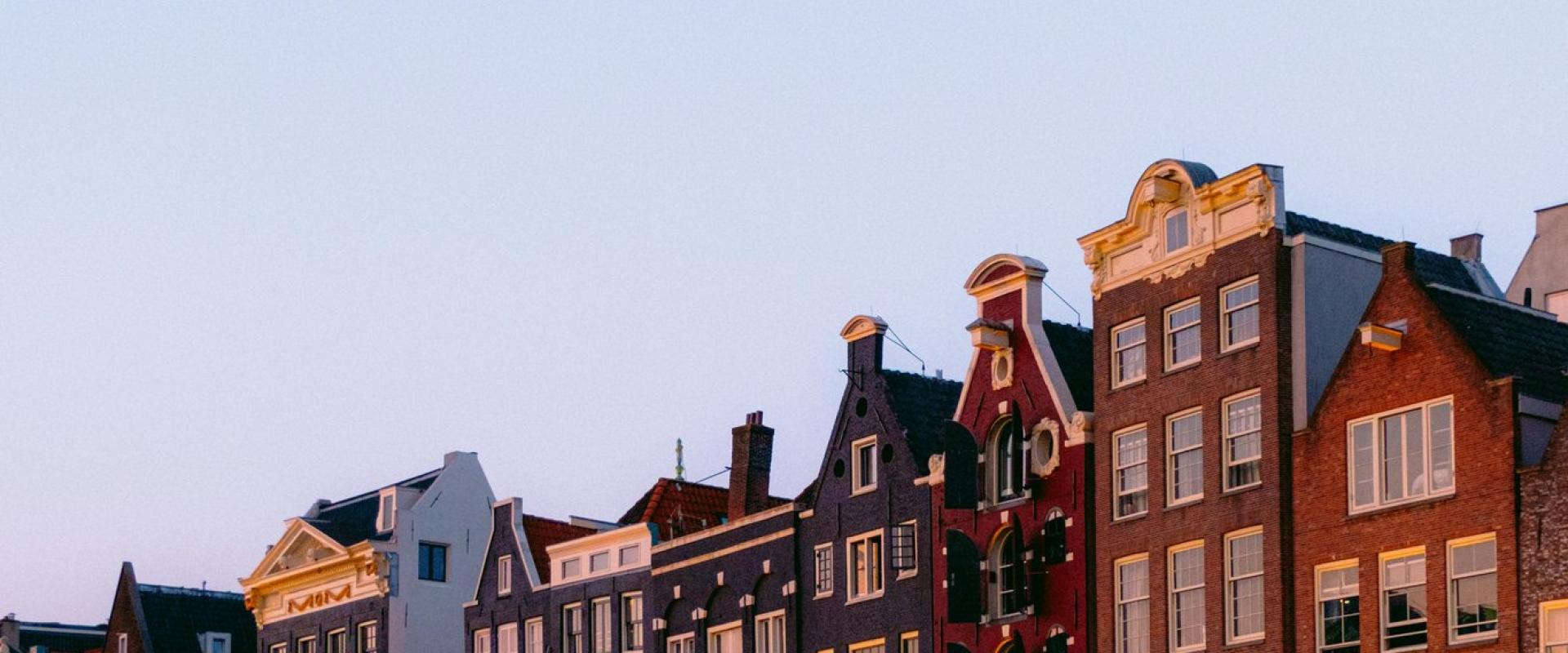Shadows Over the Canals
Amsterdam's canals, often celebrated for their picturesque charm, conceal a darker history beneath their serene surface. In the 17th century, these waterways were not only vital for trade but also served as channels for illicit activities like smuggling and bribery. The notorious merchant Jan Pieterszoon Coen epitomizes this duality; while he established a flourishing empire, his methods were riddled with corruption. Today, a boat tour along the Herengracht may showcase beautiful facades, yet the legacy of organized crime lingers, particularly from the 20th century, when drug trafficking networks exploited the city’s vibrant nightlife. Canal tour prices range from €15 to €30, but the enthralling stories of the past are as compelling as the views. As we ponder this shadowy history, we cannot help but question how these undercurrents continue to shape Amsterdam's identity in the modern age.
The Underworld of the Red Light District
Beyond the glimmer of neon lights lies a multifaceted reality. The Red Light District, or De Wallen, is far more than a tourist attraction; it represents a cultural tapestry woven from rich history and contemporary challenges. In 2021, around 2,000 sex workers operated in this area, often grappling with stigma and legal obstacles that complicate their lives. While the cost of services ranges from €50 to €150 per half-hour, the emotional toll on these individuals is immeasurable. Many workers report feelings of isolation, with only 25% indicating they have access to healthcare services tailored to their unique needs. Although tourism brings economic benefits, it often overshadows the community's struggles, leading to tensions between local residents and visitors. In recent years, local authorities have worked to balance the needs of sex workers with the concerns of nearby residents. As we navigate this district, it is essential to remember that behind every window lies a story waiting to be heard—one that challenges our perceptions and encourages us to engage with the humanity of those who inhabit this world.
Whispers of the Past: Ghost Stories and Legends
In the heart of Amsterdam, history intertwines with the spectral, casting shadows that linger. The renowned Anne Frank House stands not only as a poignant tribute to the past but also as a site rumored to echo the whispers of those who once sought refuge within its walls. Visitors often describe a chilling sensation as they ascend the narrow staircase, feeling the weight of history pressing upon them.
Consider the haunting tale of the Kloveniersburgwal, where the ghost of a 17th-century soldier is said to wander, eternally searching for his lost love. He is most often seen on stormy nights, his silhouette stark against the dim light of the canal—a poignant reminder of love and loss that transcends time.
These stories are woven into Amsterdam's identity, reflecting both the city’s rich history and its cultural significance. They beckon locals and tourists alike to explore the darker corners of this vibrant metropolis, where each whispered legend adds depth to the narrative of a city that has witnessed both grandeur and tragedy. As we meander through the cobbled streets, let us remain open to the mysteries that may still linger, reminding us that the past is never truly gone.
Recently, Amsterdam has experienced a seismic transformation, particularly in neighborhoods like De Pijp and Noord. Rents in De Pijp have skyrocketed from an average of €1,200 in 2015 to over €1,800 today, displacing long-time residents. Local shops, once vibrant with the culture of their communities, are being replaced by upscale boutiques and artisanal cafes. Take, for example, the beloved 'Café P96,' which has transformed into a trendy brunch spot, catering to a wealthier clientele. This shift has ignited significant pushback from local communities, who are organizing protests and advocating for policies that safeguard affordable housing. The implications for diversity are profound; as neighborhoods become homogenized, the rich tapestry of cultures that has defined Amsterdam for centuries risks unraveling. As we reflect on these developments, we must ask ourselves: what future do we envision for a city that prides itself on its inclusivity and multiculturalism?
Each of these narratives unveils layers of complexity that define Amsterdam. In acknowledging both its beauty and its struggles, we invite a deeper understanding of a city that remains a vibrant tapestry of history, culture, and human experience.









